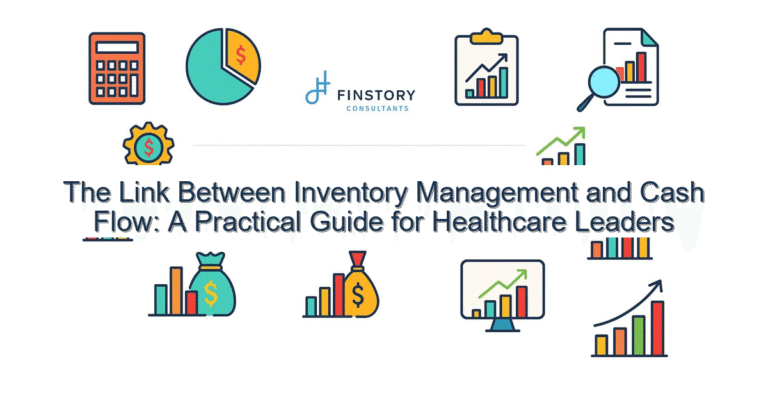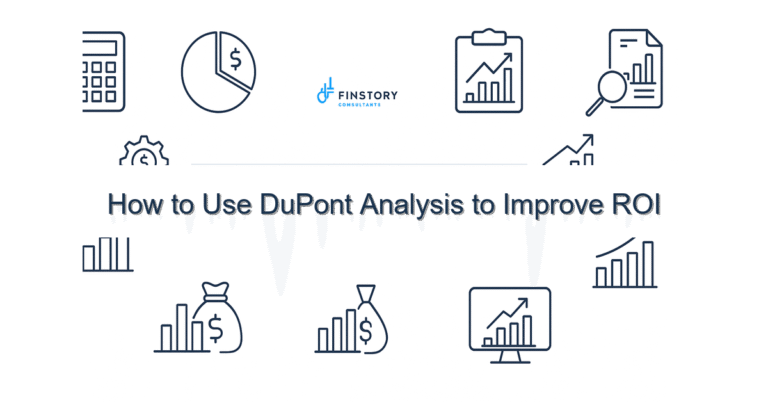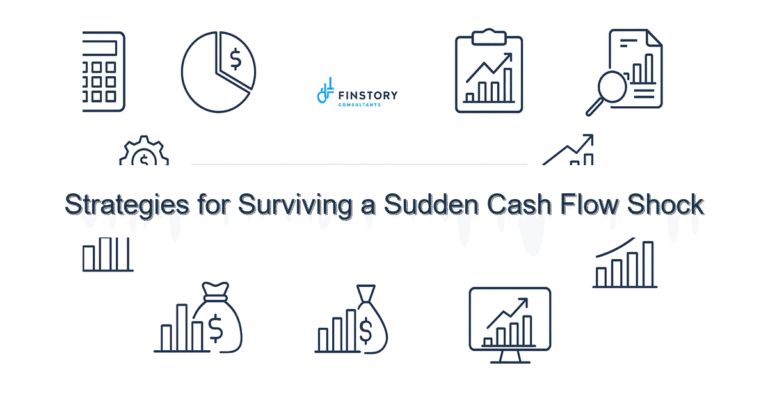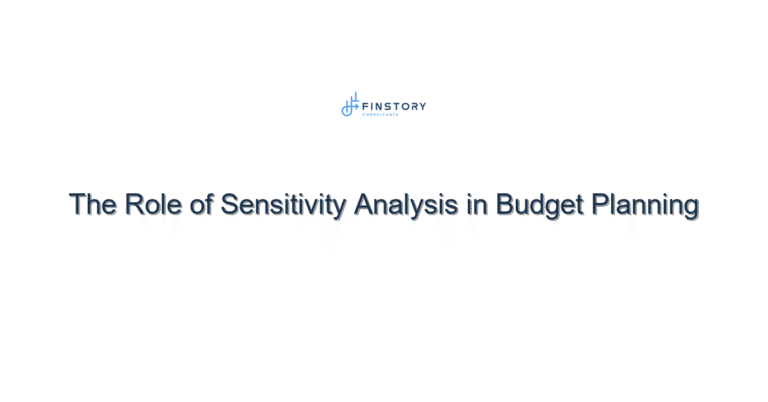Think Before You Leap: How to Assess the ROI of a Major Expense
You’ve got a big decision on your desk. Maybe it’s a new software subscription that promises to save your team hours every week. Or a piece of equipment that could double your production capacity. Or a marketing campaign that might finally break open a new customer segment.
It sounds exciting. But before you commit, here’s the question: Is it actually worth it?
What ROI Really Means (And What It Doesn’t)
At its core, Return on Investment (ROI) measures whether a financial outlay brings back more value than it costs. If you spend $10,000 and make $20,000 back, that’s a 100% ROI. Sounds simple, right?
But for many business owners, calculating ROI isn’t always so black and white. Returns can be indirect (time saved, customer retention, team morale) or spread out over time. And some expenses come with risks that can muddy the waters.
That’s why assessing ROI isn’t just about crunching numbers—it’s about evaluating impact in context.
Two Stories: The Good, the Bad, and the “We Should’ve Asked First”
Case 1: The Warehouse Wager
A growing e-commerce brand was considering leasing a second warehouse to speed up shipping. The monthly lease was $8,000, with an additional $2,000 in staffing and utilities. Before signing, they worked through a simple ROI assessment.
They projected the new location would reduce delivery times by 2 days and increase repeat orders by 15%. Over six months, that meant $120,000 in additional revenue—more than double the cost of the expansion. ROI? Solid. They greenlit the lease.
Case 2: The Marketing Misfire
Another founder invested $25,000 in a slick video campaign without setting KPIs or tracking conversions. Six months later, there was no measurable lift in sales. When they tried to analyze ROI, they had no baseline or follow-up data. Lesson learned: you can’t measure ROI if you don’t define what “return” looks like upfront.
How to Assess ROI Like a Pro (Without Being One)
Here’s a straightforward framework you can apply to any major expense:
1. Define the Goal
What are you trying to achieve—more revenue, time savings, operational efficiency? Be specific.
2. Estimate the Cost (Fully)
Don’t just look at the sticker price. Include implementation, training, downtime, and ongoing maintenance.
3. Project the Return
This can be trickier. Start by estimating how the investment affects revenue or savings. Use past data, market benchmarks, or vendor case studies.
4. Set a Timeline
When will you start seeing returns? In 3 months? A year? The further out the benefit, the more risk.
5. Run Scenarios
What if it only delivers 50% of the expected return? What if costs overrun? Planning for a “base case,” “best case,” and “worst case” helps avoid nasty surprises.
6. Decide on a Threshold
What ROI is “good enough” for you? Some businesses aim for a 2x return, others are fine breaking even if it frees up founder time.
Where a Virtual CFO Comes In
You don’t need to be a finance wizard to do this—but it helps to have one in your corner.
A Virtual CFO can model the ROI of a major expense, pressure-test assumptions, and ensure you’re not overcommitting based on hope instead of evidence. They can also track performance after the spend to help you learn what worked and what didn’t.
Final Thought: Don’t Buy Hope—Invest in Outcomes
Every major expense should serve your business goals. When you take a little time to assess the ROI beforehand, you avoid costly mistakes and build a business that scales smarter, not just faster.
Thinking about a major purchase or investment? Pause. Breathe. Then run the numbers. Or better yet—ask someone who loves doing it for you.






